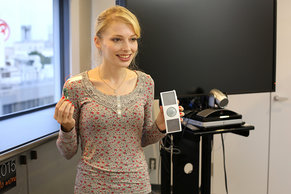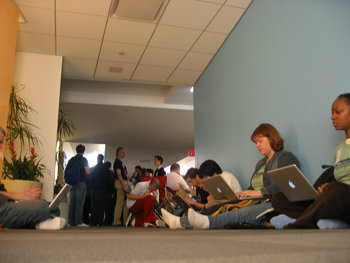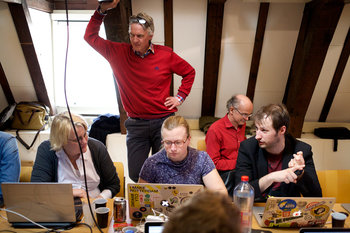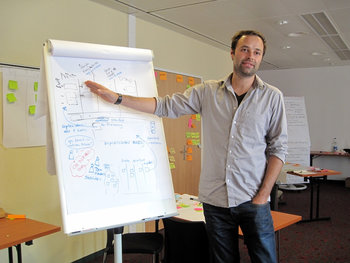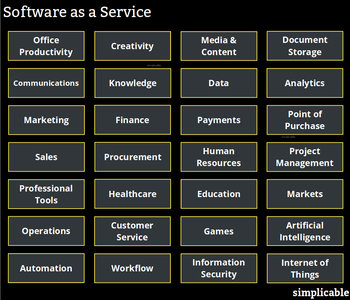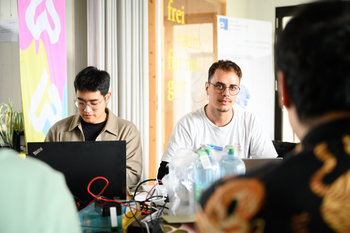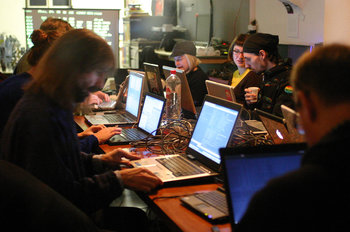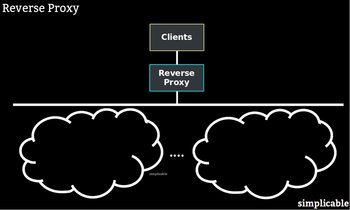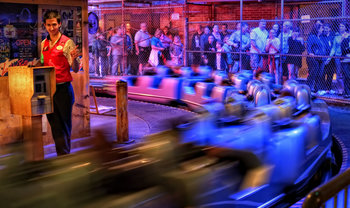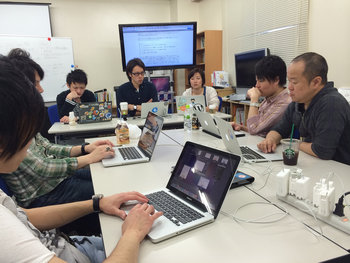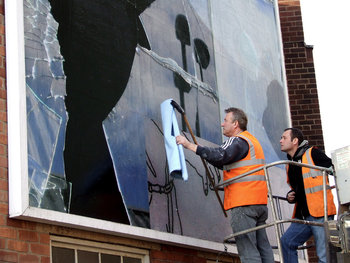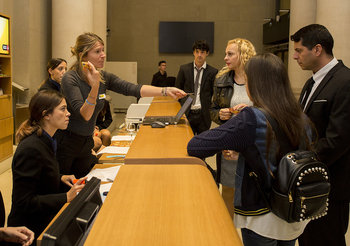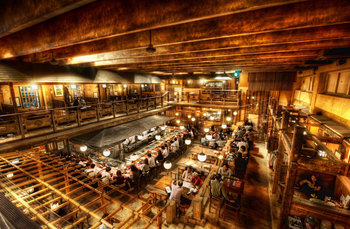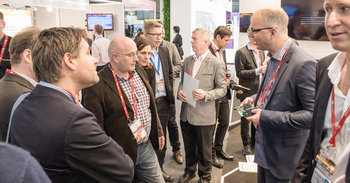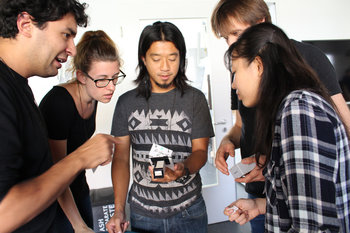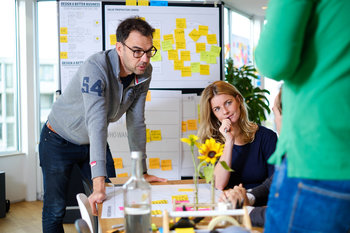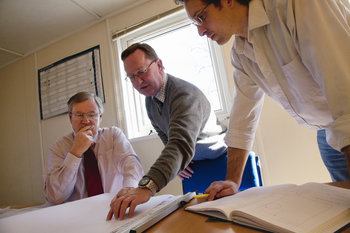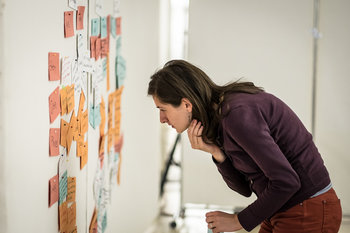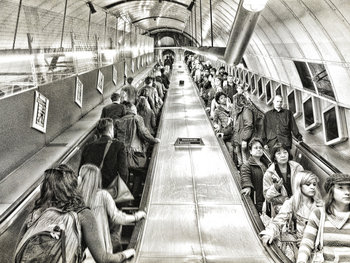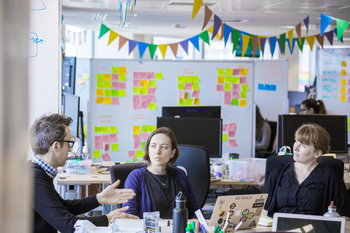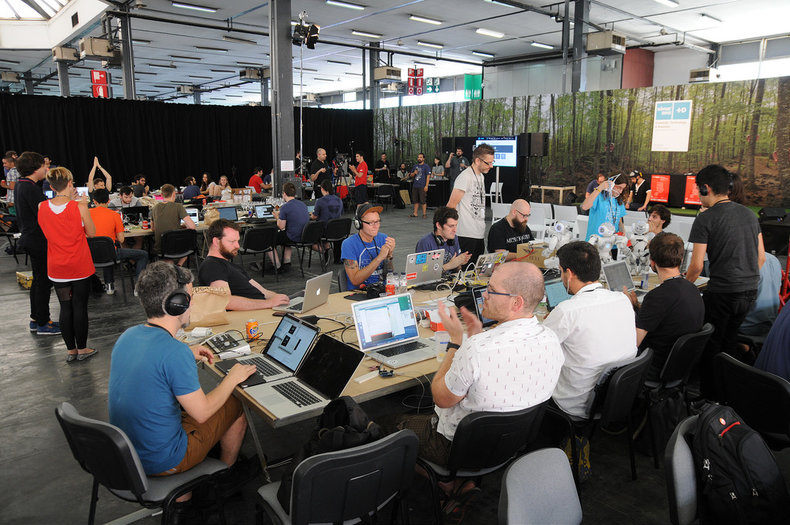
Refrigerators
As early as 1861, several commercial refrigerators were in operation. These were large custom built machines that were sold to breweries and meat packing houses. It wasn't until 1913, that consumer versions of refrigerators were first launched. Prices fell and the technology was rapidly improved such that small businesses began to purchase consumer refrigerators. Business refrigerators began to resemble the consumer models with greater capacity.Microwave Ovens
The first commercial microwave oven was available in 1947 and the first home microwave oven in 1967. Eventually, business models for restaurants began to resemble the consumer product.Televisions
Digital commercial signs such as those that display flight information at an airport were often replaced by large flat screen televisions beginning in the 2000s. As prices fell, it became possible to use this consumer technology to build large signs and digital billboards.Computing
Early commercial computers were large, expensive and power hungry. These were well beyond the budget of households. In the late 1970s, computers began to make appearances in the home. Businesses began to adopt consumer computers for desktops in the 1980s and consumer computers for servers in the 1990s. In the 2000s, cloud computing emerged as a method of using many cheap computing units as a common resource. This dampened demand for high-end computers designed for business systems.Mobile Devices
Early mobile phones and pagers were primarily purchased by businesses. As their price declined in the mid-1990s, these devices began to be designed for the consumer market.Apps
As employees began to bring their own smart phones to work, they began to use cloud-based apps to accomplish tasks. Software designed for consumers began to replace far more complex business applications for many common tasks. Software firms began to shift to a software as a service model such that business software was fully hosted in the cloud with a mobile app user interface. This changed the way that software was sold as many software companies had success by-passing the IT department and selling directly to business units.Notes
Consumerization is related to digital convergence, the process by which many technologies become one.| Overview: Consumerization | ||
Type | ||
Definition | The tendency for businesses to adopt consumer products. | |
Related Concepts | ||

